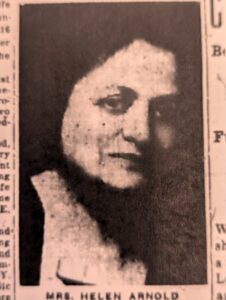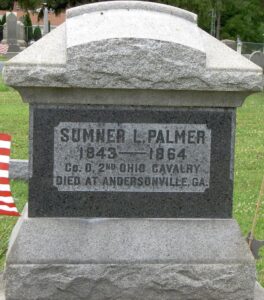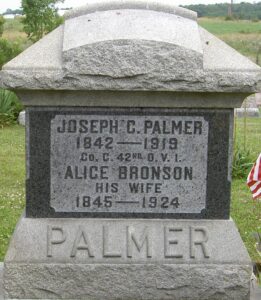Ashes to Ashland: The Secret of Savannah
On September 18, 1850, Congress passed the Fugitive Slave Law. This law required northern free states to assist in the capture and return of former slaves.[1] While many places in the north, including here in Ohio, followed this law and assisted in the capture of Freedom Seekers, there were some who helped them find their way to Canada.[2] Ashland County is often a microcosm of the greater United States’ societal differences, and it is no different when examining the impact of the Underground Railroad. Beginning in earnest in the 1840s, slavery was the hot topic of the day, and it divided the county in noticeable ways. Rival newspapers regularly attacked each other, calling out public figures while also decrying the other as traitors to the nation or traitors to their race.[3] Much like other areas of Ohio and the Midwest, Ashland city residents represented the full spectrum of beliefs from the staunch abolitionist to the just-as-passionate pro-slavery, with others in between. This meant only specific areas of the county were considered ‘fully’ safe havens for Freedom Seekers – one of which was Savannah.[4] Originally settled by Scottish immigrants and migrants from New England, Savannah was once part of the Western Reserve of Connecticut. This extension of Connecticut understandably resulted in many of the settlers’ progressive views on abolition. This clashed heavily with much of the southern areas of Ashland County. These areas were overwhelmingly settled by families with strong ties to Virginia, Pennsylvania, and many other northern and southern states.[5] These settlers hosted strong religious ties that contributed to a split in the Presbyterian Church between those who supported slavery and those who opposed it.
The impact of many Savannah families on the Underground Railroad cannot be understated as they risked their property, reputations, finances, and sometimes even lives in order to help secure the freedom of others. Among these families were the Greggs, Sloneckers, Bentons, and Garretts. They worked together as a community to support each other in their assistance of Freedom Seekers between 1847-1860. While the true number is unknown, scholars estimate there were hundreds of Freedom Seekers who made their way through Savannah on the Underground Railroad – eventually reaching Oberlin and then onto Canada.[6]
During the next few months, we will be writing these stories as a part of the Ashes to Ashland column, telling the forgotten stories of these families and how they helped countless Freedom Seekers.
To learn more about Ohio’s wider impact on the Underground Railroad, you can also explore the Wilbur H. Siebert Underground Railroad Collection available online by the Ohio History Connection: https://www.ohiomemory.org/digital/collection/siebert.
[1] United States Fugitive Slave Law. The Fugitive Slave Law. Hartford, Ct.?: s.n., 185-?. Hartford, 1850. pdf. https://www.loc.gov/item/98101767/ accessed 10 April 2025.
[2] William A Duff, History of North Central Ohio, p. 179
[3] The Ashland Union. (Ashland, OH), Oct. 5, 1859. https://www.loc.gov/item/sn83035173/1859-10-05/ed-1/ accessed 10 April 2025.
[4] William A Duff, History of North Central Ohio, p. 179-181
[5] Ibid., p. 59
[6] Ibid., p. 179-181; Rae Bailey, Old Keys, p. 83-85.







